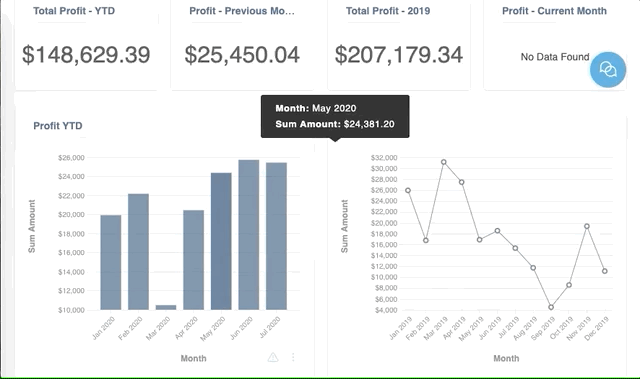In an era of digital transformation, every software company needs to become a data company to get ahead.
~5 minute read
In today’s era of digital transformation, building scalable, cutting-edge business solutions is the name of the game.
Users demand the same things from their software solutions: they expect to be onboarded quickly, that new tools will fit seamlessly in their daily workflows, and that adoption will be intuitive, even as the software becomes more powerful and the technology more innovative.
As a SaaS provider, you need to make critical decisions about what features your users need and whether to build out those capabilities yourself or purchase other solutions to augment what you’re already building.
Whether you plan on investing in new tech or developing your own data access solutions, considerations around time, labor, and costs are paramount. It’s important to carefully determine how you will allocate your resources to effectively meet your goals and achieve the highest potential ROI.
Get the Free Guide: SaaS Provider’s Guide to Delivering Data on Demand →
Business data is generated constantly. Every process–from customer purchasing habits to factory floor efficiencies and beyond–creates data that can help teams optimize processes and do their jobs better. We know that business intelligence and analytics capabilities are more important than ever for today’s data-driven business users.
Embeddable tools built to enable self-serve data access within existing software allows businesses to reduce time-to-insights and make strategic data-backed decisions that drive revenue, faster.
To stay competitive in the growing sea of options, software solutions need to facilitate frictionless access to data for every business user. Likewise, enterprises need to streamline their data processes to stay agile in today’s rapidly evolving market.
Is data accessibility something your team should be thinking about?
Data is critical for business success today and scalable growth tomorrow. You should be thinking critically about how to enhance data accessibility in your SaaS solution if:
→ You develop a product with some amount of analytics and reporting capabilities but want to improve them with seamless data access options. Your goal is to enable more users to leverage data more easily and get more value from your system.
→ Your team spends expensive time running ad hoc reports and building specialized dashboards for your customers, instead of developing new high-value features and growing your business.
→ Companies you serve recognize the value of data, but their reporting demands often take days or even weeks to fulfill: custom requests are funnelled to a specialized technical team, an expensive analyst, or relegated to another individual who knows SQL.
→ Companies you serve need to make data more accessible to front-line staff, C-suite executives, and everyone in between. The solution you implement has to be intuitive, not one that requires these individuals to become analytics power users, BI specialists, or database-fluent.
What do we mean by data accessibility?
When we refer to improving or enhancing data accessibility, we’re talking about removing the barriers that get in the way of people accessing information and leveraging data to make decisions.
Ultimately, data doesn’t mean much to businesses or individual team members if they can’t access it or if they’re restricted from getting information in time to influence strategic and impactful decisions.
There are thousands of tools on the market aimed at making access to data easier. These offerings vary significantly in the “levels” of data accessibility they offer.
More often than not, the level of accessibility enabled by these tools is inversely correlated with the level of usability.
For example, a marketing manager might be looking to consolidate information from a recent campaign, bring in comparables from the quarter prior, and look at that data in the context of a recent user experience survey executed by their product team.
But building a custom report that pulls in data from several tables in a database can only be completed by a team member who knows how to query using SQL or another specialized query language.
It’s not an issue of whether or not that valuable data exists. The issue lies is being unable to access it.
Even with great BI tools, it’s power users who get the most out out of systems today: they have the expertise required to build impactful visualizations and dashboards, the ability to write SQL to search for data on an ad hoc basis, and an understanding of how to create relevant filters or conditions and navigate menus in the reporting system.
With conversational AI for data access, anyone can get the data they need to make impactful business-boosting decisions, on demand.
Front-line staff on the sales floor, brand new interns, mid-level managers, and busy C-suite executives all need data to achieve success. Data access tools that are available within business software shouldn’t be another barrier to getting information, for anyone.
Democratizing data access means giving every business user the right tools for the job by improving already powerful solutions with more intuitive, zero learning-curve data access features that support a broader range of user types.
At the center of the solutions for making data truly accessible to all types of users is conversational AI for database access, which brings the power of seamless, self-serve user experiences to business intelligence-grade reporting and analytics.
If you’re looking to deliver the enhanced data access options modern business users demand from their SaaS products, download our free SaaS Provider’s Guide to Delivering Data on Demand →.



